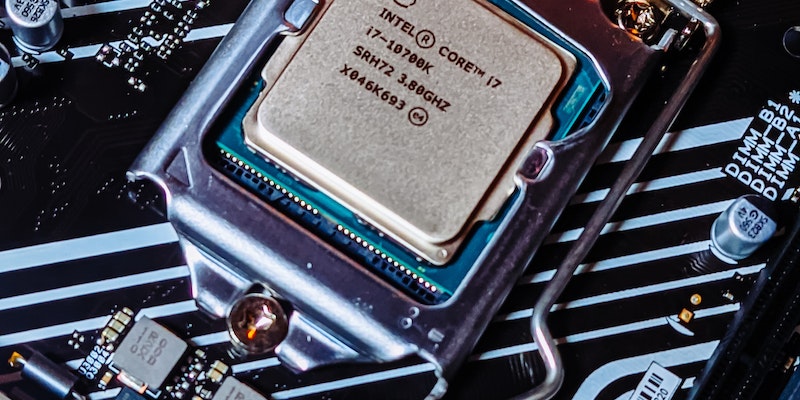The world of computing continues to evolve at an astounding pace, with each new chip release raising the bar for performance and efficiency. In this realm of technological advancement, the Intel Core i7-14700K has emerged as a remarkable contender, surpassing expectations due to the solid foundation laid by its predecessor, the i7-13700K. This article delves into the intricacies of the 14700K chip, comparing it with the remarkable 13th-gen Raptor Lake and highlighting its improved features and performance gains.
The i7-13700K made headlines for its impressive performance, leaving enthusiasts and professionals alike eagerly anticipating its successor. However, the Intel Core i7-14700K managed to build upon the already lofty standards set by its predecessor. While not presenting a revolutionary leap like the Raptor Lake chips, the 14700K delivers a significant, albeit subtle, improvement of approximately 5% in performance. This testament to Intel’s commitment to refining and enhancing their chips ensures that the 14700K is an even better processor, setting a new standard for excellence.
Performance and Specs of the i7-14700K
Beyond the performance gains, the Intel Core i7-14700K brings additional advantages to the table. The inclusion of extra cores augments its specifications, allowing for enhanced multitasking capabilities and smoother execution of demanding applications. Moreover, the 14700K provides early-stage support for Wi-Fi 7 and Thunderbolt 5, showcasing Intel’s dedication to future-proofing their chip lineup. This forward-thinking approach ensures that consumers can enjoy the latest advancements in connectivity without the need for immediate hardware upgrades.
Measurement of Performance Gains
When evaluating advancements in gen-on-gen performance, it is crucial to set reasonable expectations. Ideally, a minimal improvement of over 10% is desired, with a 15% gain considered respectable, and a 20% or higher performance boost deserving of top recognition. Therefore, a roughly 5% improvement may appear modest at first glance. However, when examining the context of one of the best processors ever made, this gain elevates the Intel Core i7-14700K to a new level of excellence, rivaling the venerable Intel Core i9-13900K and presenting formidable competition to the leading AMD processors.
Rivalry with Intel Core i9-13900K and AMD Processors
Intel’s Core i9-13900K has carved a niche for itself as the go-to processor for enthusiasts and power users. However, the Intel Core i7-14700K stands as a worthy challenger. With its remarkable performance gains and improved specifications, the 14700K proves capable of delivering comparable results to its higher-tier counterpart, making it an attractive option for those seeking high-end performance at a more reasonable price point. Additionally, the 14700K shows resilience in the face of competition, giving the best AMD processors a run for their money.
In conclusion, the Intel Core i7-14700K represents a testament to Intel’s unwavering commitment to innovation and excellence. While it may not introduce a revolutionary stride like the Raptor Lake chips before it, the 14700K builds upon the foundation laid by the i7-13700K to offer consumers a superior chip that exceeds expectations. Its roughly 5% performance improvement, coupled with the added specifications and future-proofing abilities, positions the 14700K as a remarkable processor capable of rivaling higher-tier alternatives and delivering impressive performance gains. With this in mind, it is unequivocally recommended that those in pursuit of top-notch computing power opt for the Intel Core i7-14700K, even if a price cut were to be applied to its predecessor, the i7-13700K. Embrace the future of computing with the unrivaled capabilities of the 14700K.

